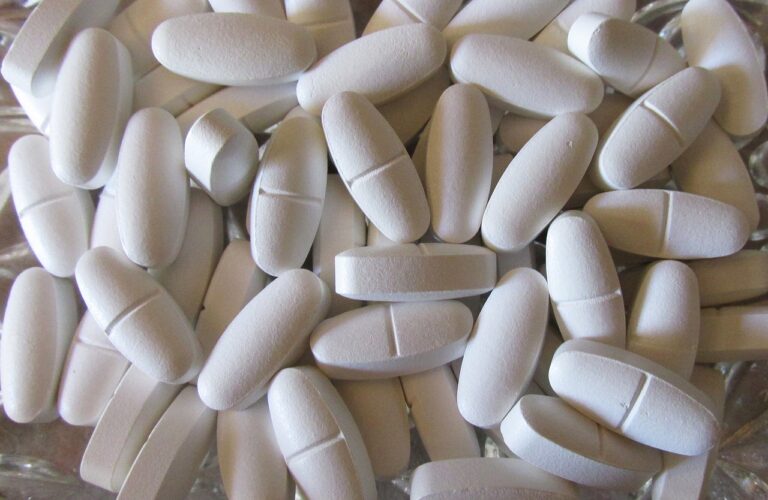Regulatory Challenges in Developing Biosimilar Drugs: Cricketbet999, 11xplay online id, Betbhai9
cricketbet999, 11xplay online id, betbhai9: Developing biosimilar drugs is a complex process that involves numerous regulatory challenges. Biosimilars are biological products that are highly similar to an already approved biological drug, known as a reference product. These drugs have the potential to provide more affordable treatment options for patients while maintaining high efficacy and safety standards. However, navigating the regulatory landscape to bring biosimilars to market can be a daunting task for developers.
One of the biggest challenges in developing biosimilar drugs is demonstrating similarity to the reference product. Unlike generic drugs, which are chemically synthesized and have identical structures to their brand-name counterparts, biosimilars are complex molecules derived from living organisms. This complexity makes it difficult to replicate the exact structure of the reference product, leading to challenges in proving similarity in terms of efficacy and safety.
Another regulatory challenge in developing biosimilars is the need for extensive clinical trials. Regulatory agencies require developers to conduct clinical studies to demonstrate the safety and efficacy of biosimilars in comparison to the reference product. These trials can be costly and time-consuming, making it challenging for developers, especially smaller companies, to bring biosimilars to market.
Furthermore, regulatory agencies have stringent guidelines for the manufacturing process of biosimilars. Developers must demonstrate that their manufacturing processes are consistent and reproducible to ensure the quality and safety of the drug. This requires investment in state-of-the-art manufacturing facilities and quality control measures, which can be a barrier for many developers.
In addition to these challenges, developers of biosimilar drugs also face regulatory hurdles related to naming, labeling, and interchangeability. Regulatory agencies require biosimilars to have distinguishable non-proprietary names from the reference product to prevent confusion among healthcare providers and patients. Developers must also ensure that the labeling of biosimilars accurately reflects their safety and efficacy profile compared to the reference product.
Overall, the regulatory challenges in developing biosimilar drugs are numerous and significant. However, with the increasing demand for more affordable treatment options and the potential benefits of biosimilars, developers continue to invest in overcoming these challenges to bring innovative therapies to market.
FAQs:
Q: Are biosimilar drugs as safe and effective as the reference product?
A: Regulatory agencies require developers to demonstrate the safety and efficacy of biosimilars through extensive clinical trials. If a biosimilar meets the regulatory standards, it is considered to be as safe and effective as the reference product.
Q: How long does it take to develop a biosimilar drug?
A: The development timeline for a biosimilar can vary, but it typically takes several years to navigate the regulatory process and conduct clinical trials.
Q: Can biosimilars be used interchangeably with the reference product?
A: Regulatory agencies evaluate biosimilars for interchangeability, which means that they can be substituted for the reference product without any negative impact on safety or efficacy. Developers must provide data to support interchangeability before a biosimilar can be approved for this use.







